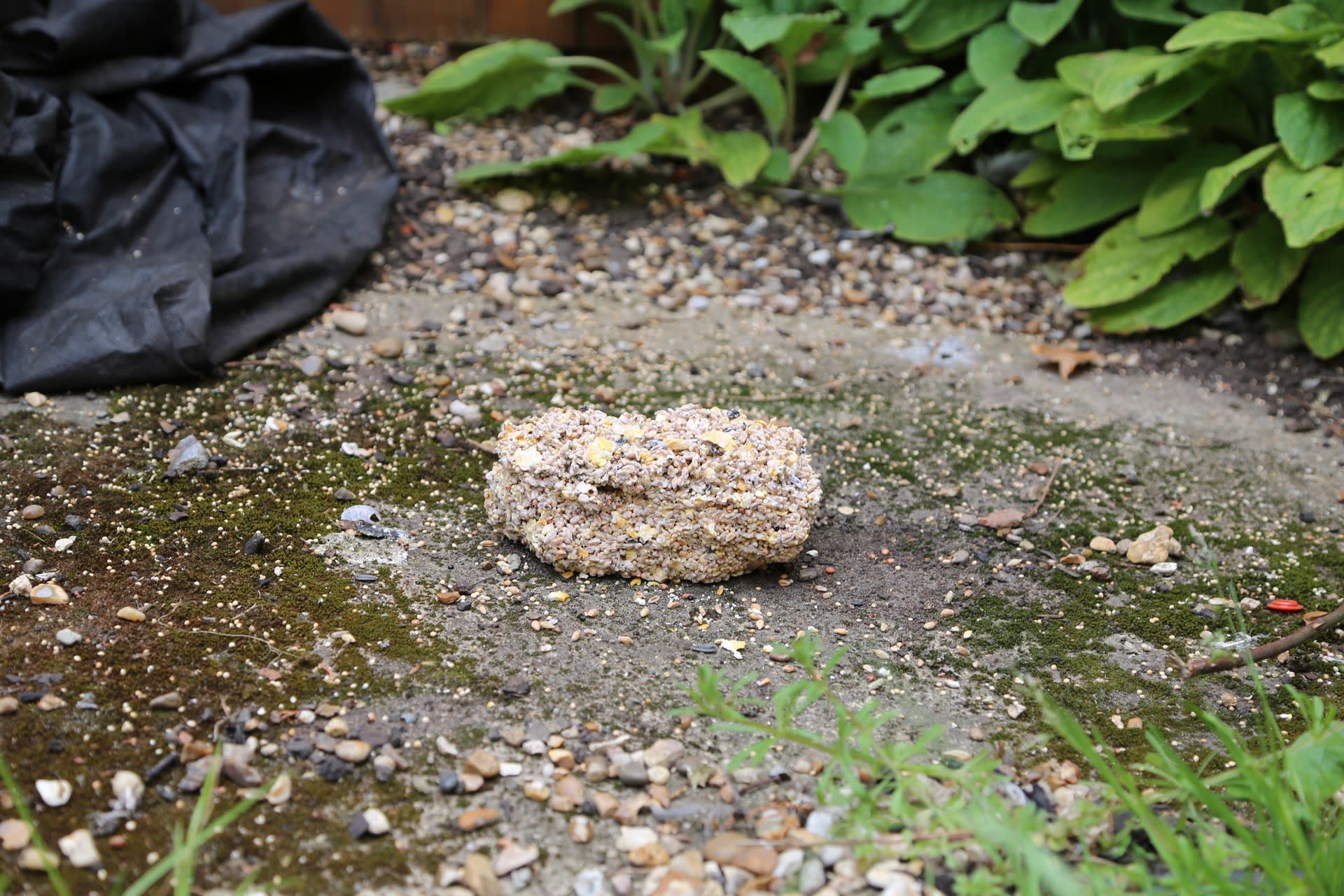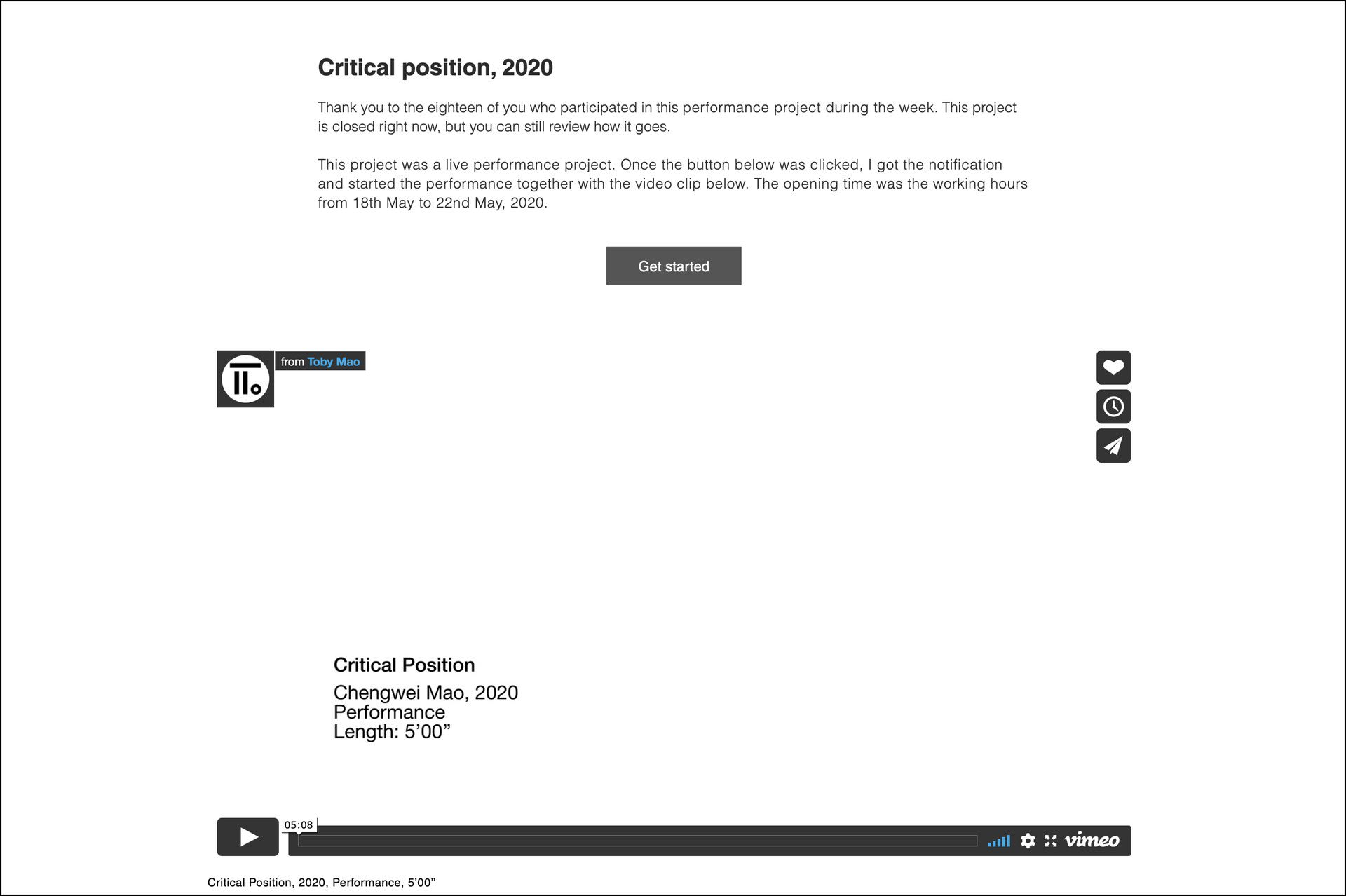Toby-Chengwei Mao (b.1996) is a visual communicator and art (research) worker, based in London, UK and Chengde, China.
Education:
MA Visual Communication- Experimental Communication, 2019-current, Royal College of Art, London, UK
BA (Hons) Advertising, 2014-2018, University of Central Lancashire, Preston, UK
BA Advertising, 2014-2018, Hebei University, Baoding, China
Exhibitions:
Acousma, Experimental sound art online exhibition, No Space, Beijing, 2020
Fugitive Voices: Loops, online exhibition, London, 2020
Awards:
Best student award BA(Hons) Advertising, 2018
Outstanding graduates of ordinary universities in Hebei Province, 2018
TIMES Young Creative Awards, 2017
Chinese National Inspirational Scholarship, 2015&2016
Experience:
Co-founder of Design-Talks.com, 2020
Graduation show co-creator of BA(Hons) Advertising, BA(Hons) Graphic Design programme, HBU-UCLan school of Media, Communication & Creative Industries, London, 2020
Graduation show co-creator of BA(Hons) Advertising programme, HBU-UCLan school of Media, Communication & Creative Industries, Hebei, 2018








